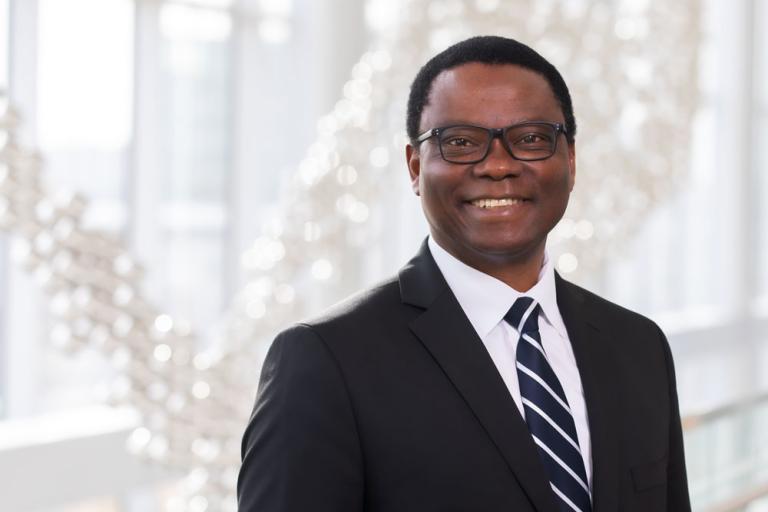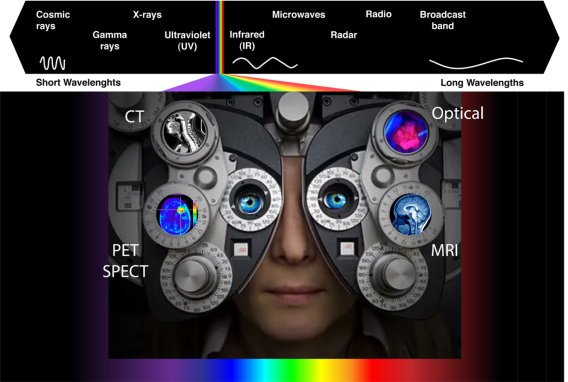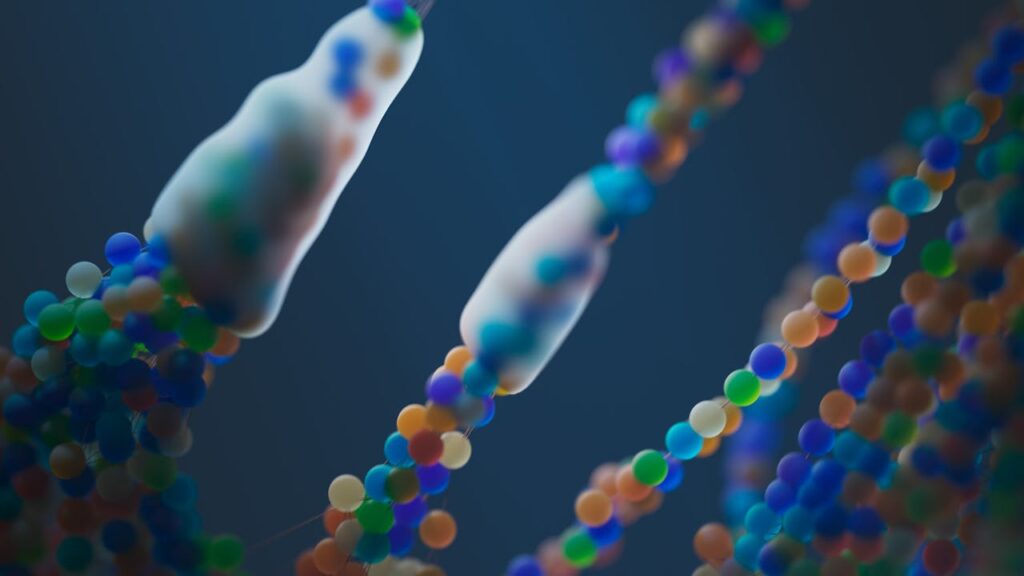A Nigerian Scientist Developed a High-Tech Cancer-Detecting Goggles That Help Surgeons Spot Cancer Cells More Accurately.

Catching every last cancer cell during surgery is like trying to find a single grain of sand on a crowded beach. Most can be removed with skill, but some hide so well they vanish into healthy tissue. These missed traces can send a patient back under the knife, starting the cycle all over again. But now, scientists have uncovered a way to tip the balance—an innovation that lets surgeons see what was once invisible, and with it, the chance to end the fight in one operation.
Seeing the Unseen: How Achilefu’s Goggles Could Redefine Cancer Surgery
Cancer surgery has always carried a silent question: when the tumor is gone, is all of it truly gone? Even with advanced scans and skilled hands, distinguishing cancerous tissue from healthy tissue at the tumor’s edges remains one of oncology’s most persistent challenges. To be safe, surgeons often remove extra tissue, yet microscopic traces can still escape detection. The stakes are high. In breast-conserving surgeries, for example, studies show that 10 to 50 percent of patients must return for a second operation to remove residual cancer cells. Each repeat surgery prolongs recovery, raises costs, and adds emotional strain for patients and families.
In recent years, the search for a better solution has fueled breakthroughs in intraoperative imaging, with fluorescence-guided surgery (FGS) emerging as a frontrunner. This method uses a fluorescent dye that binds to tumor tissue and glows under near-infrared light, revealing cancer cells the eye alone would miss. It’s like switching on a hidden layer of vision—allowing surgeons to see the tumor’s true borders in real time. But traditional FGS setups often require bulky camera towers, external monitors, and even extra staff, pulling the surgeon’s focus away from the patient. For many hospitals, especially in low- and middle-income regions, these systems are simply out of reach.
That’s where Dr. Samuel Achilefu’s cancer-detecting goggles change the equation. Instead of forcing the surgeon to glance back and forth between the surgical field and a screen, the goggles overlay the fluorescent signal directly into their line of sight. The result is a seamless blend of natural vision and augmented reality—showing exactly where cancer ends and healthy tissue begins without breaking the flow of the operation. Early lab and preclinical studies have revealed that this approach can detect sub-millimeter nodules and pinpoint tumor margins invisible to the naked eye. Initial human trials have confirmed these findings, with boundaries identified by the goggles later verified by histopathology.

The implications go far beyond novelty. By giving surgeons the ability to see the unseen, this technology could reduce the need for repeat surgeries, improve patient outcomes, and make precision surgery more accessible worldwide. Unlike large, expensive imaging platforms, these goggles are compact, wearable, and designed with affordability in mind. While broader clinical trials are still ahead, they represent a vision of the future where better outcomes don’t come from removing more tissue, but from seeing more clearly.
Dr. Samuel Achilefu: The Visionary Turning Adversity into Innovation
The cancer-detecting goggles are more than a technological breakthrough—they are the product of a life shaped by resilience and vision. Their creator, Dr. Samuel Achilefu, now the Michel M. Ter-Pogossian Professor of Radiology at Washington University School of Medicine, grew up in northern Nigeria during the turbulent 1960s.
When the Nigerian civil war erupted in 1967, his family fled from the north to their ancestral home in the east. He was just a boy, but the upheaval left a lasting mark. “You just wondered why you went from having everything to having almost nothing,” Achilefu recalled in an interview with Siteman Cancer Center.
Life during the war demanded adaptability and resourcefulness. In a crowded home filled with relatives, he made his own toys and watched neighbors weave baskets and carve tools from whatever they could find. “…if there is a silver lining at all, the civil war provided me the opportunity to live in a village setting for three years, appreciate the opportunities I have today, and realize that nothing is permanent,” he said. That awareness—that both hardship and opportunity can be fleeting—would guide his approach to science and innovation.
After completing college in Nigeria, Achilefu earned a French government scholarship to pursue a PhD in molecular and materials chemistry at the University of Nancy in France, followed by postdoctoral research at Oxford University, where he worked at the intersection of chemistry and hematology, developing blood substitutes. His early career in industry, including work at Mallinckrodt Medical Inc., honed his ability to translate discoveries from the lab into practical, life-changing applications—a skill that would later prove essential in creating the goggles.
The idea itself came from a blend of scientific curiosity and cross-disciplinary insight. Drawing inspiration from tracer systems in military missile technology, he began to consider how invisible signals could be used to locate cancer in the human body. “I approach scientific problems by framing them into testable hypotheses,” he explained. “Then I explore different approaches to solve the problem. If additional expertise is needed, I search for the best collaborators to fill the gap.”
But Achilefu’s vision stretches beyond the operating room. He is deeply committed to education and believes in nurturing talent in underserved communities, recalling the gifted children he knew in Nigeria who never had the chance to realize their potential. “…Can you imagine what the world would look like if they had the opportunity to fulfill their dreams?” he asked. His long-term goal is to create an institute for global invention, a place where promising young minds from low-resource regions can receive the education, mentorship, and tools needed to contribute to the world’s most pressing scientific challenges.
How the Goggles Work and What Early Results Reveal
At the heart of Dr. Achilefu’s invention is a marriage of fluorescence-guided surgery (FGS) and augmented reality. Before an operation, patients receive a near-infrared fluorescent dye that binds to cancer cells. When the surgical field is illuminated, these cells emit a signal invisible to the naked eye but picked up instantly by the goggles’ optical sensors. In the surgeon’s view, malignant tissue appears as a distinct glow—real-time guidance that can mean the difference between removing all the cancer or leaving microscopic traces behind.
Where traditional FGS systems rely on large camera towers and external monitors, the goggles keep the surgeon’s eyes on the patient. The fluorescence signal is projected directly into the operative field, eliminating the need to look away. The platform—named FAR-Pi (Fluorescence Imaging Augmented Reality Raspberry Pi)—is built from lightweight components and open-source hardware, making it more practical for hospitals that cannot afford massive imaging systems.

Early results have been promising. In preclinical studies, the goggles revealed sub-millimeter tumor nodules invisible under standard lighting. A pilot clinical trial in breast cancer surgery showed that the system could accurately predict tumor margin status, later confirmed by histopathology. Beyond breast cancer, trials in melanoma and sentinel lymph node mapping have demonstrated the goggles’ ability to detect cancerous tissue with precision in real surgical conditions.
After Surgery: Where Innovation Meets Healing
The cancer-detecting goggles are more than a technical milestone—they represent a shift toward safer, more precise, and more compassionate cancer care. By making invisible cancer cells visible, they tackle one of surgical oncology’s most persistent challenges and offer a real chance to reduce the repeat operations that burden both patients and healthcare systems.
At the center of this breakthrough is Dr. Samuel Achilefu’s belief that scientific imagination can close the gap between human limits and life-saving precision. His journey shows how creativity, persistence, and a focus on accessibility can turn a lab concept into a tool changing lives in operating rooms across the globe.

The road ahead will require large-scale clinical trials and regulatory approval, but the promise is clear. These goggles are more than an instrument—they are a glimpse into a future where knowledge and innovation work side by side to give patients a better chance at healing, and a brighter horizon beyond cancer.
Featured Image from UT Southwestern Research Labs
Loading...

